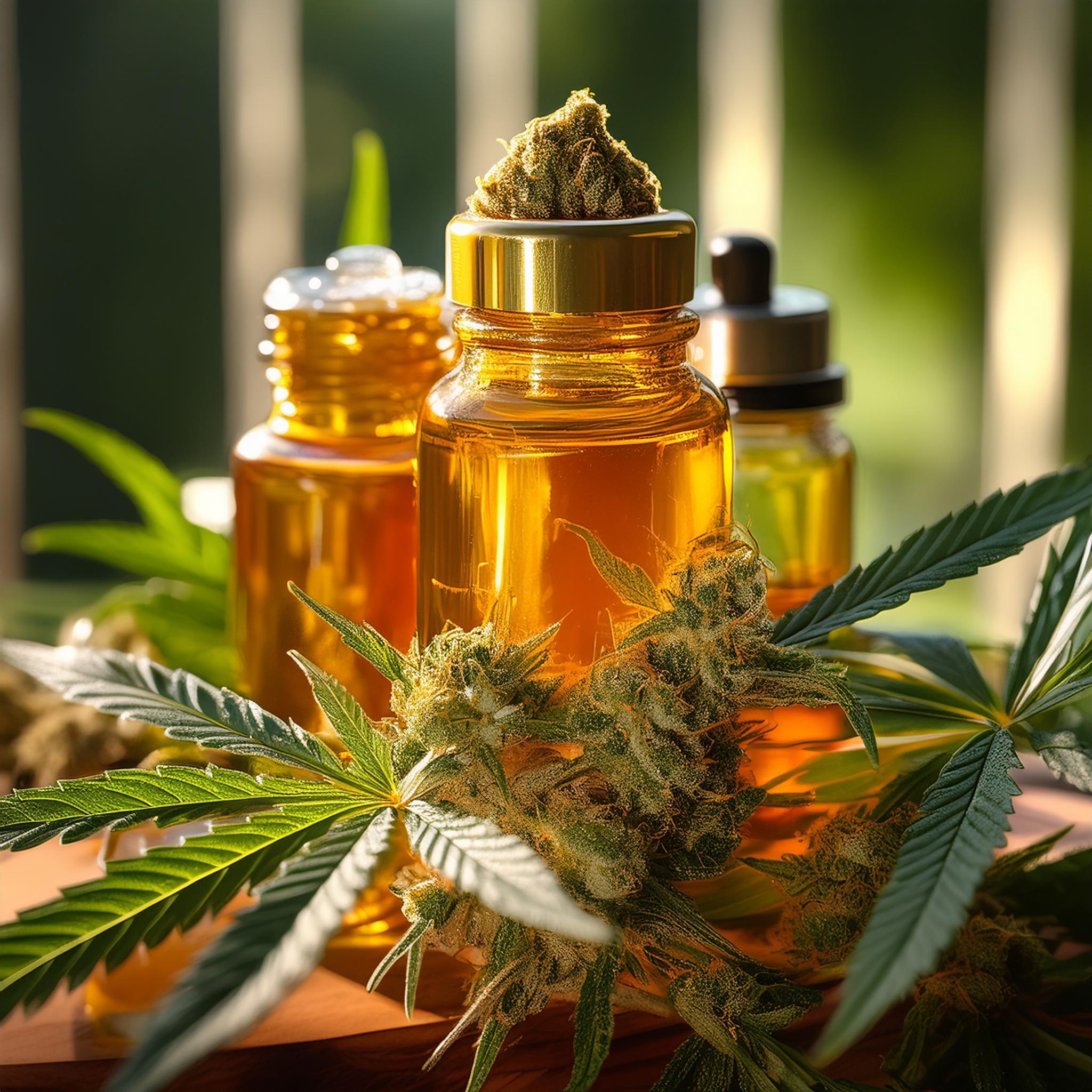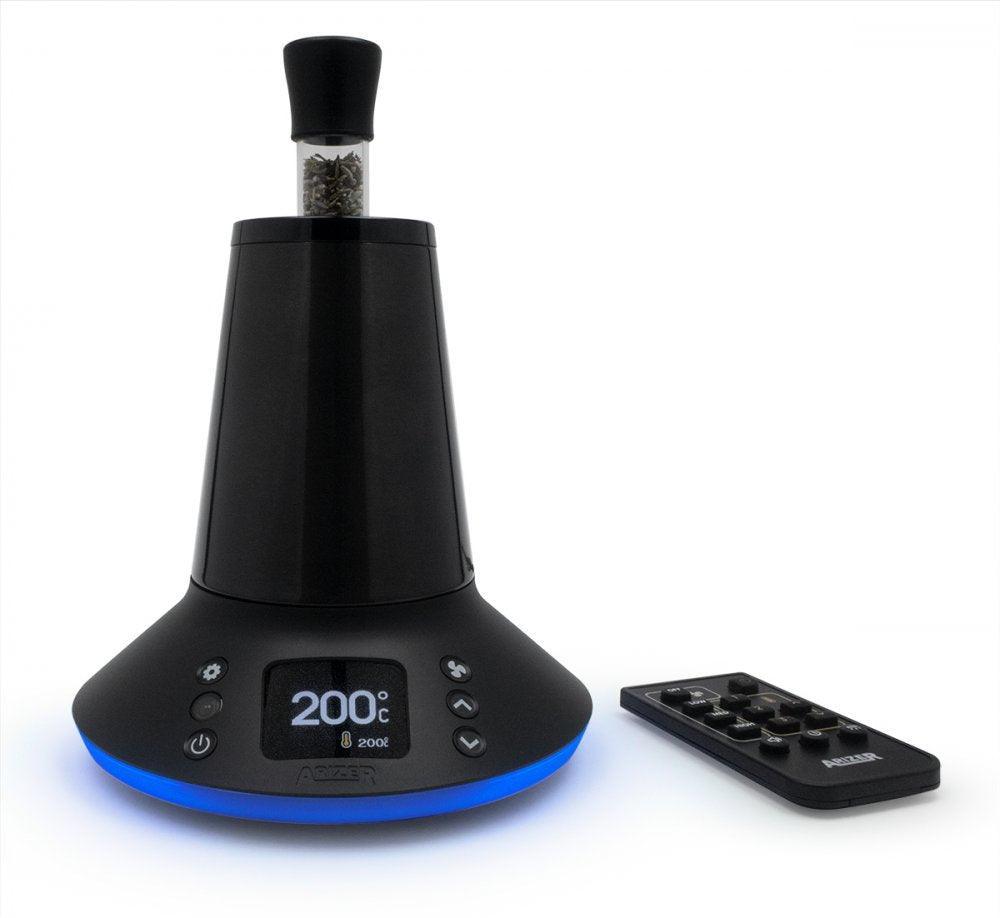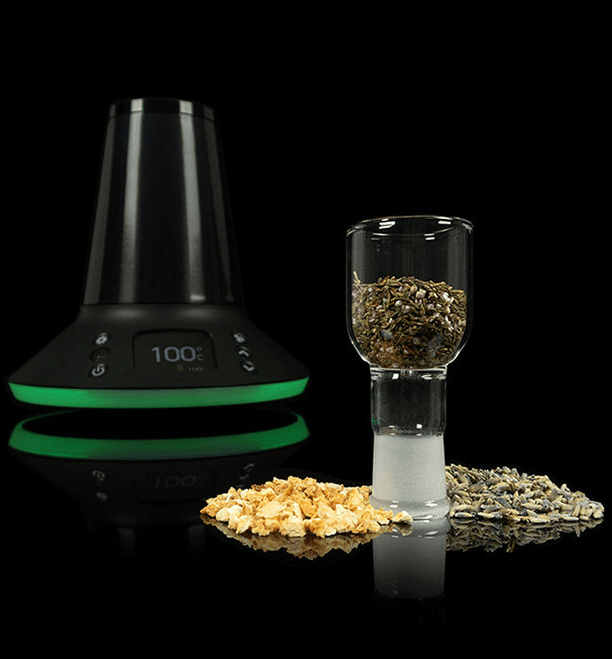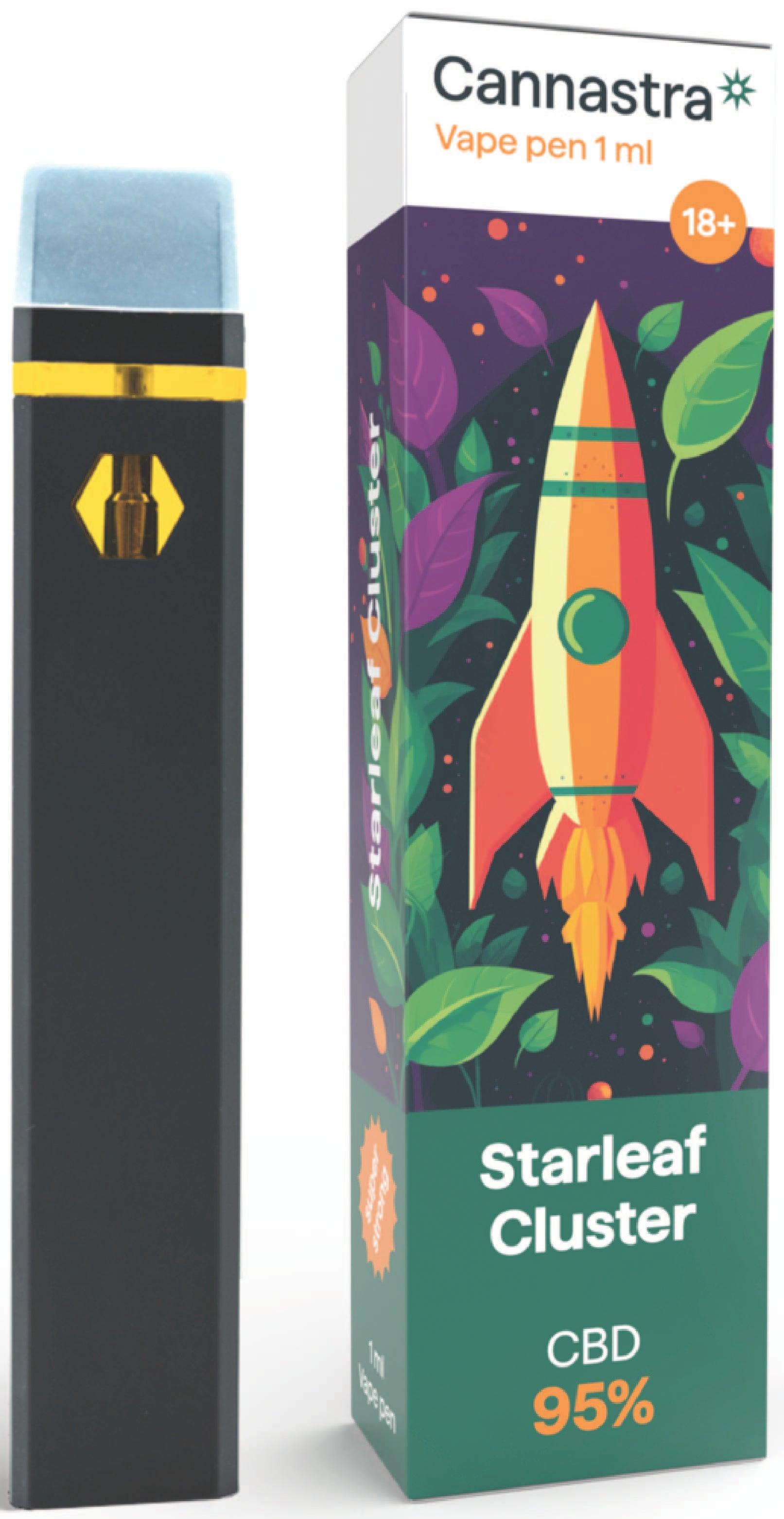Historical Focus on THC and the Emergence of CBD
Since 1964, when Raphael Mechoulam isolated and synthesized THC (Tetrahydrocannabinol), research has primarily focused on this psychoactive component of cannabis. THC’s potential for treating various conditions has been extensively studied. However, recent studies have brought CBD (Cannabidiol) into the spotlight, highlighting its significant contributions to cannabis pharmacology and pain relief. Unlike THC, CBD is non-psychoactive and has shown high efficacy in alleviating mood disorders, including depression, anxiety, and bipolar disorder.
Take a look at our CBD Collection Here
Beyond THC and CBD: Other Phytocannabinoids
In addition to THC and CBD, other phytocannabinoids like tetrahydrocannabivarin, cannabigerol, and cannabichromene have demonstrated therapeutic potential. These compounds contribute to the complex therapeutic profile of cannabis, offering additional benefits and broadening the scope of cannabis research.
Innovative Breeding and Cannabis Chemotypes
Innovative conventional plant breeding has led to the development of cannabis chemotypes expressing high levels of specific cannabinoids. These advancements facilitate future research by providing more targeted and effective therapeutic options.
The Role of Terpenoids in Cannabis
Terpenoids are another crucial component of cannabis, contributing to its therapeutic effects. Common terpenoids found in cannabis include limonene, myrcene, alpha-pinene, linalool, beta-caryophyllene, caryophyllene oxide, nerolidol, and phytol. These compounds, which are also common in human diets, have been recognized as safe by regulatory bodies and exhibit potent therapeutic properties.
Key Terpenoids and Their Therapeutic Effects
-
Limonene:
- Found in citrus fruits, limonene has anxiolytic properties, can boost serotonin and dopamine levels, and induce apoptosis in breast cancer cells.
- It also treats gastro-oesophageal reflux and shows anti-fungal and anti-cancer properties.
-
Myrcene:
- Common in cannabis, myrcene reduces inflammation, blocks carcinogenesis, acts as an analgesic and sedative, and relaxes muscles.
- It may contribute to the 'couch-lock' effect in certain cannabis strains.
-
Alpha-Pinene:
- Widely found in nature, alpha-pinene has anti-inflammatory, bronchodilator, antibiotic, and memory-enhancing properties.
Phytocannabinoid-Terpenoid Synergy: The Entourage Effect
The combination of cannabinoids and terpenoids, known as the entourage effect, may enhance therapeutic outcomes, particularly in treating conditions such as pain, inflammation, depression, anxiety, addiction, epilepsy, cancer, and infections. Some terpenoids may also counteract THC’s intoxicating effects, increasing its therapeutic index.
Therapeutic Potential of Cannabinoids
-
CBD (Cannabidiol):
- Exhibits neuroprotective characteristics and positive effects on psychiatric and neurological disorders, such as multiple sclerosis and epilepsy.
- Demonstrates antidepressant-like and anxiolytic-like effects in animal models.
-
THC (Tetrahydrocannabinol):
- Acts as a direct agonist of CB1 and CB2 receptors and shows potential in reducing depression, especially when administered with CBD.
- Exhibits antidepressant-like effects in animal models, particularly in males.
Mechanisms and Research
CBD and THC reduce anxiety in both animals and humans, with potential mechanisms involving the amygdala, hippocampus, hypothalamus, and cingulate cortex. Proposed mechanisms for anxiolytic effects include inhibition of FAAH, COX-2, and TRPV1 blockade. Behavioral tests like the elevated plus maze (EPM) and forced swim test (FST) are used to assess the effects of cannabinoids on anxiety and depressive-like behaviors.
Innovative Combinations and Future Research
Combining cannabinoids with terpenes could enhance therapeutic outcomes, providing a new avenue for treating mood disorders without the adverse effects of traditional antidepressants and mood stabilizers. This approach may be particularly beneficial for patients who do not respond to or adhere to conventional treatments. Further research is needed to explore these innovative combinations and fully understand their potential benefits.
Conclusion
The synergy between phytocannabinoids and terpenoids in cannabis offers a promising avenue for enhancing therapeutic applications. By understanding and leveraging the entourage effect, researchers can develop more effective treatments for a range of conditions, from mood disorders to cancer. As the field of cannabis research continues to evolve, the potential for new and innovative therapeutic products derived from this venerable plant is vast and exciting.
















